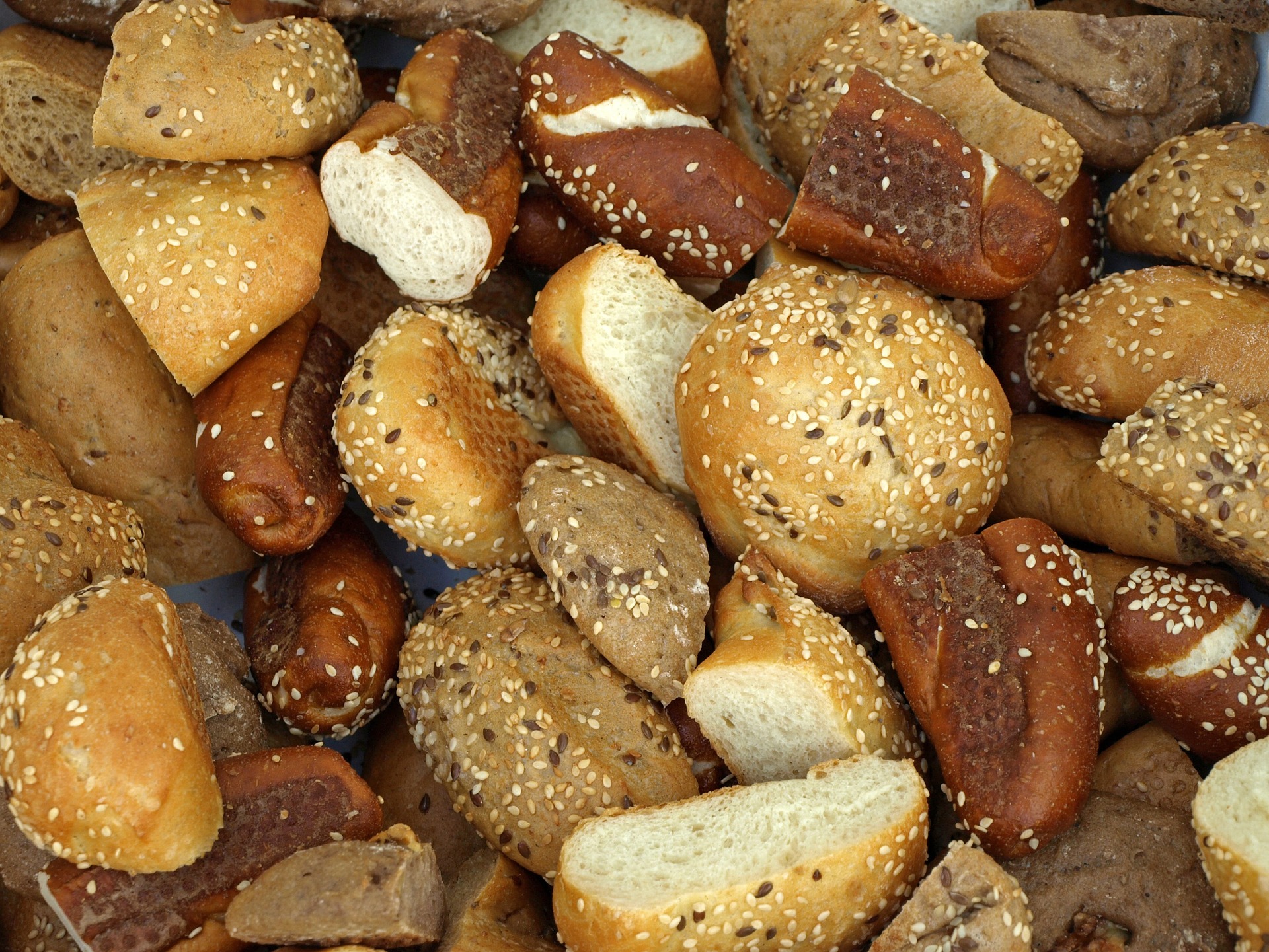Food diversity is good for farmers and the planet for a number of reasons. Firstly, it helps to protect against crop failure and disease, as a more diverse range of crops provides a natural insurance against any one particular crop being destroyed. This is particularly important in the face of climate change, which is causing increasingly unpredictable weather patterns and more extreme weather events.
Secondly, food diversity helps to maintain soil health and fertility. Different crops have different nutrient needs, and growing a diverse range of crops can help to naturally replenish the soil and reduce the need for synthetic fertilizers, which can be harmful to the environment.
Thirdly, food diversity can help to support local farmers and communities by providing a range of different crops that can be sold locally, reducing the reliance on monoculture crops that are often grown for export.
Overall, promoting food diversity is an important step towards building a more sustainable and resilient food system that is better for farmers, the environment, and the people who rely on it.

There are many ways to diversify farming, some of which include:
-
Crop rotation: This involves rotating the crops grown in a particular field each year. This helps to maintain soil health and fertility, as different crops have different nutrient needs.
-
Intercropping: This involves planting two or more crops in the same field at the same time. The different crops can complement each other, for example, by fixing nitrogen in the soil or by acting as a natural pest repellent.
-
Agroforestry: This involves growing trees or shrubs alongside crops, which can provide a range of benefits, such as improved soil health, increased biodiversity, and protection against wind and erosion.
-
Livestock integration: This involves integrating livestock into the farming system, for example, by using them to graze on cover crops or by using their manure as fertilizer.
-
Growing different varieties of the same crop: This can help to maintain genetic diversity within a particular crop, which can help to protect against disease and pests.
Overall, diversifying farming can help to create a more sustainable and resilient food system that is better for the environment, farmers, and consumers.
There are a variety of crops that can be grown in different seasons to promote diversification in farming. Here are a few examples:
-
Spring: In the spring, farmers can plant a range of cool-season crops, such as peas, spinach, lettuce, radishes, and broccoli. These crops are generally harvested in the early summer months.
-
Summer: During the summer, farmers can grow warm-season crops, such as tomatoes, peppers, eggplants, squash, and melons. These crops require warm temperatures and ample sunlight to thrive.
-
Fall: Fall is a great time to grow cool-season crops, such as cabbage, cauliflower, Brussels sprouts, carrots, and beets. These crops can withstand cooler temperatures and can be harvested in the late fall or early winter months.
-
Winter: In some areas, farmers can grow winter crops, such as winter wheat, barley, and rye. These crops can help to protect soil during the winter months and can be harvested in the spring.
By rotating and diversifying crops with the seasons, farmers can help to maintain soil health and fertility, protect against crop failure, and promote sustainable farming practices.
Leave a Comment
I hope you enjoyed this post. If you would like to, please leave a comment below.